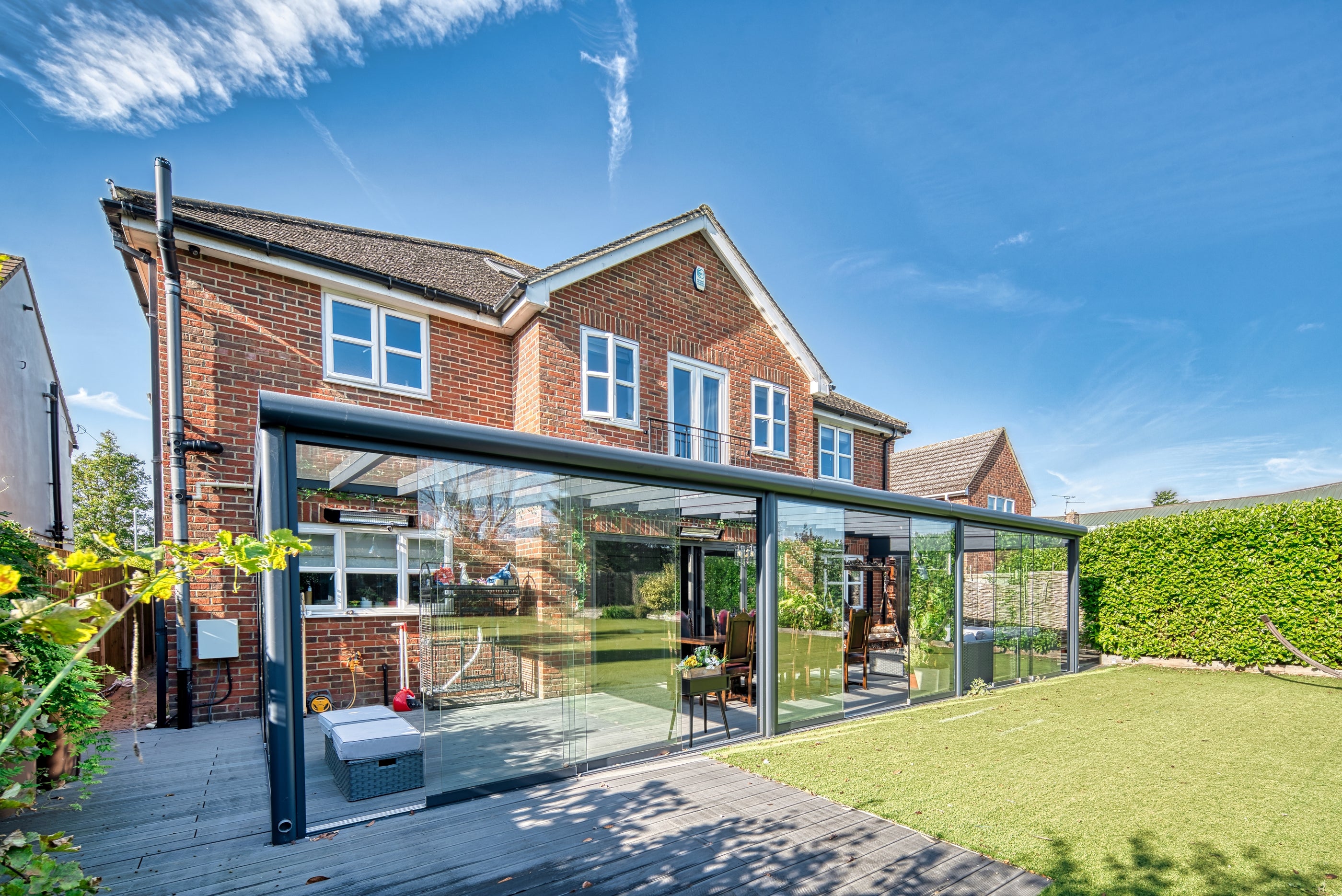Verandas, with their timeless charm and functional appeal, are becoming increasingly popular among homeowners looking to enhance their outdoor living spaces. However, one common question that arises when considering a veranda addition is, "How much do verandas cost?" Understanding the factors that influence veranda pricing can help homeowners make informed decisions and embark on their veranda journey with confidence.
Decoding Veranda Costs: A Comprehensive Overview
The cost of a veranda can vary significantly depending on several factors, including size, materials, design complexity, and additional features. While there is no one-size-fits-all answer to the question of veranda costs, breaking down these factors can provide clarity and insight into the investment required.
Size Matters: Determining the Scale of Your Veranda
One of the primary factors influencing veranda costs is the size of the structure. Larger verandas naturally require more materials and labor, resulting in higher overall costs. When planning your veranda project, consider the intended use of the space, the available outdoor area, and your budget constraints to determine the optimal size that meets your needs without breaking the bank.
Material Selection: Balancing Aesthetics and Durability
The choice of materials significantly impacts both the aesthetic appeal and the cost of your veranda. Common materials used for veranda construction include wood, aluminum, and uPVC (unplasticized polyvinyl chloride). Each material comes with its own set of advantages and price points.
- Wood: Known for its natural beauty and warmth, wood adds a touch of elegance to any veranda. However, it tends to be more expensive than other materials and requires regular maintenance to prevent rot and deterioration.
- Aluminum: Aluminum verandas offer durability, low maintenance, and a sleek modern appearance. While initially more expensive than wood, aluminum requires minimal upkeep, making it a cost-effective long-term investment.
- uPVC: uPVC verandas are budget-friendly options that offer durability and weather resistance. While they may lack the natural charm of wood, uPVC verandas are available in a variety of finishes and colors to suit different architectural styles.
Design Complexity: Tailoring Your Veranda to Your Vision
The complexity of your veranda design, including architectural features, roofing options, and decorative elements, can significantly impact the overall cost. Intricate designs with custom detailing and specialized materials may incur higher expenses due to increased labor and material costs. Simplifying your veranda design or opting for pre-designed kits can help control costs while still achieving a stylish and functional outdoor space.
Additional Features: Enhancing Comfort and Functionality
Beyond the basic structure, additional features such as integrated lighting, heating systems, retractable awnings, and privacy screens can further enhance the comfort and functionality of your veranda. While these features add to the overall cost, they can significantly improve the usability of your outdoor space, allowing you to enjoy your veranda year-round.
Conclusion: Investing in Outdoor Elegance
Determining how much a veranda costs requires careful consideration of various factors, including size, materials, design complexity, and additional features. By understanding these factors and prioritizing your needs and budget, you can embark on your veranda project with confidence, knowing that you're making a worthwhile investment in outdoor elegance and enhancing the beauty and functionality of your home.
For More Info-:





Comments